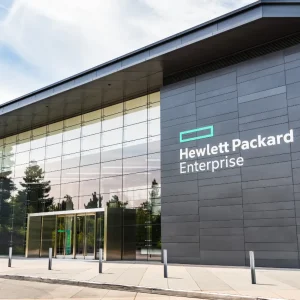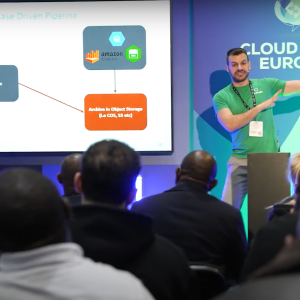
The OpenStack community has released the latest version of its cloud infrastructure software Queens, designed to enhance enterprise experience in the cloud.
It is the 17th version of the open source cloud infrastructure software, offering advancements to benefit both enterprises and organizations investing in emerging use cases. The software aims to help enterprises with mission-critical workloads. Additionally it targets those organizations investing in containers, NFV, edge computing and machine learning.
In total, the software powers 60 public cloud data centres as well as thousands of private clouds, scaled at more than 6million physical cores. As the use of cloud continues to grow, research fro 451 found that by next year 60% of enterprise workloads will run in the cloud.
Therefore, to support such vast amounts of workloads the Queens release includes enterprise-orientated features, such as the multi-attach feature. ‘Cinder Multi-Attach’ allows enterprises to attach the same Cinder volume to multiple VMs. The benefit to operators is if one node goes down, the other takes over.
Other elements to the Queens update include ‘Cyborg’. This is a framework that manages hardware and software acceleration resources, such as CryptoCards and GPU. As acceleration has become more of a need than an option, particularly for telcos with NFV workloads, Cyborg can hugely benefit the process. The framework can list, identify and discover accelerators and install and uninstall drives.
Another infrastructure element that is fast becoming a popular development is the use of edge computing. Queens’ latest version also supports the use of edge computing, with two new projects, OpenStack-Helm and LOCI. Each of the projects supports edge-computing applications.
“In the early days of cloud, the use cases were fairly narrow. But the scope of cloud use cases today has expanded to include a massive variety of workloads,” Mark Collier, OpenStack Foundation chief operating Officer, said.
“Just as the scope of cloud evolves, OpenStack evolves as a platform. Consider the vGPU and containers enhancements in the Queens release: they address opposite ends of the use-case spectrum and demonstrate how OpenStack has the flexibility and ability to support changing open infrastructure requirements.”
CloudBees add Kubernetes technology to boost DevOps push
VMware boosts its own capabilities at MWC
Microsoft boosts healthcare with new capabilities
The Queens release also brings tools that will enhance manageability, resiliency and user experience. These include register and document policy, which helps provide better communication about service policies by having access control living in the project code. Also enhancing experience is HOT drag and drop, which enables enterprises to simply drag and drop information onto the dashboard.
“It¹s easy to gloss-over terms like maturity and manageability when they are used to describe software, but the OpenStack community believes those objectives to be at the core of our mission,” Jonathan Bryce, executive director of the OpenStack Foundation, said.
“Our developer community keeps building new tools that are helpful to the infrastructure operator. Eight years in, features that enhance manageability, resiliency, scalability and user experience are still paramount and still have sizzle factor.”






